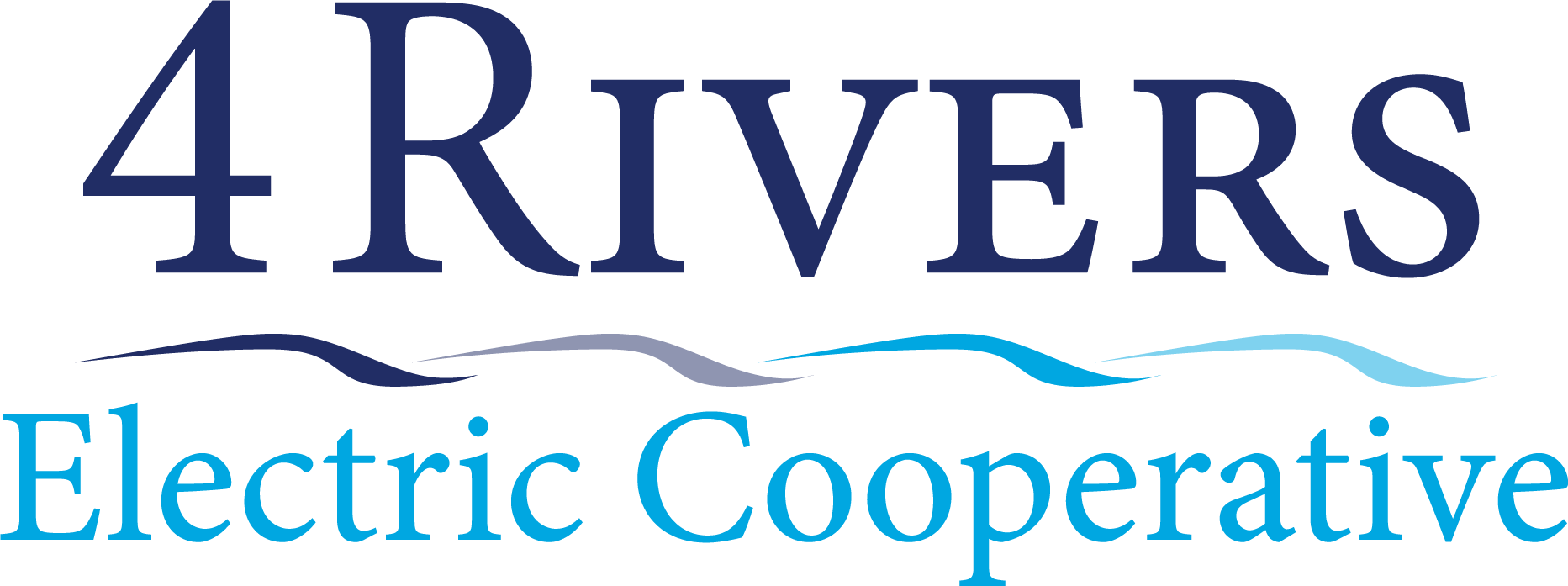By Paul Wesslund
Strange things start happening when the world price of copper skyrockets to record levels like it did this year.
An Arkansas hospital faced a possible delay in opening when thieves stole copper wiring at a construction site; hundreds of West Virginia homes and businesses lost phone and Wi-Fi service when a copper-filled cable was stolen from the region’s internet provider; and 700 streetlights went out in Los Angeles when thieves made off with 370,000 feet of copper wire.
Copper is incredibly useful. It’s flexible and conducts electricity well. It’s a staple for utilities and is used to make nearly every type of electronic device. Copper’s nontoxic nature and resistance to corrosion also make it useful in plumbing.
A Risk to Public Safety
So, there’s lots of it around, and over the decades when copper prices have gone up, the thieves have come out. Copper theft can have consequences way beyond just the inconvenience of stolen property.
According to a 2008 FBI report, copper thieves threaten critical infrastructure by targeting electrical substations, cellular towers, telephone land lines, railroads, water wells, construction sites and vacant homes for lucrative profits. Copper theft from these targets disrupts the flow of electricity, telecommunications, transportation, water supply, heating and security and emergency services. It also presents a risk to both public safety and national security.
Copper crimes can result in death, with regular reports of thieves being electrocuted while removing wire from utility poles or substations. Stealing copper also threatens the lives of utility workers by disconnecting critical safety devices.
Copper theft has been a regular problem for utilities and even private homes under construction. Theft cases started increasing dramatically in 2001 when the construction boom in China sent demand, and prices, for copper shooting skyward.
Copper is the New Oil
The copper price and theft rate has fluctuated since then but started going up again a year ago for two reasons: the economic recovery from the pandemic and demand for renewable energy.
As the use of solar energy and wind power grows, more copper wiring will be needed to carry the electricity it produces. There’s a lot more copper wiring in an electric vehicle than one that runs on gasoline. Copper’s value to greener power has led some observers to refer to it as “the new oil.”
Last year, copper prices hit a record high. In March of this year, they went even higher. Copper’s continued importance to utilities, the economy and to criminals, has led to a greater focus on preventing thefts.
Laws have been toughened over the past 20 years, and now all 50 states have statutes in place to reduce copper theft. Many of those laws, including the Scrap Metal Theft Reduction Act in Kansas, focus on making sure that scrap metal dealers know the source of the copper they’re buying. Companies have developed ways to secure wiring in air conditioning units and come up with coatings that can identify stolen property. Some copper products are being stamped with identifying codes, and video surveillance is being added to areas with a lot of copper.
Electric utilities, including cooperatives, have placed special emphasis on preventing copper theft. Over the years, utilities have launched public awareness campaigns, offered rewards for information leading to the arrest and conviction of thieves, marked copper wire for easier recovery from scrap metal dealers and collaborated with stakeholders. In addition, law enforcement has become more responsive to electric utilities facing copper theft and collaborate with utilities to recover more stolen copper and arrest those responsible.
You can also help. Many copper thieves have been captured when observant citizens saw something suspicious and called 911.
Paul Wesslund writes on consumer and cooperative affairs for the National Rural Electric Cooperative Association, the national trade association representing more than 900 local electric cooperatives. From growing suburbs to remote farming communities, electric co-ops serve as engines of economic development for 42 million Americans across 56% of the nation’s landscape.
